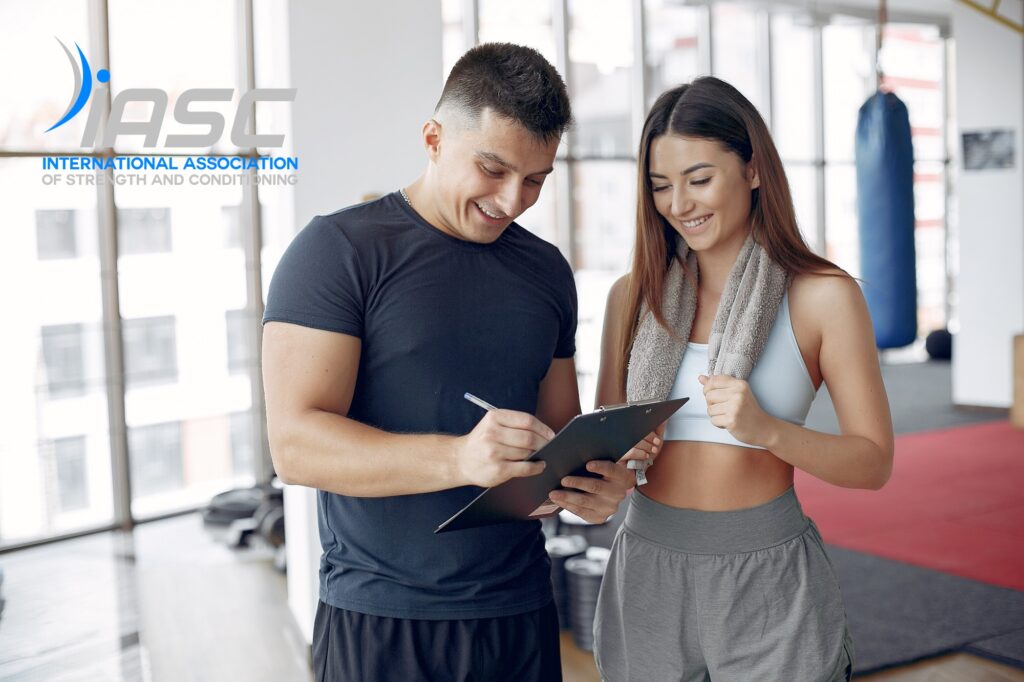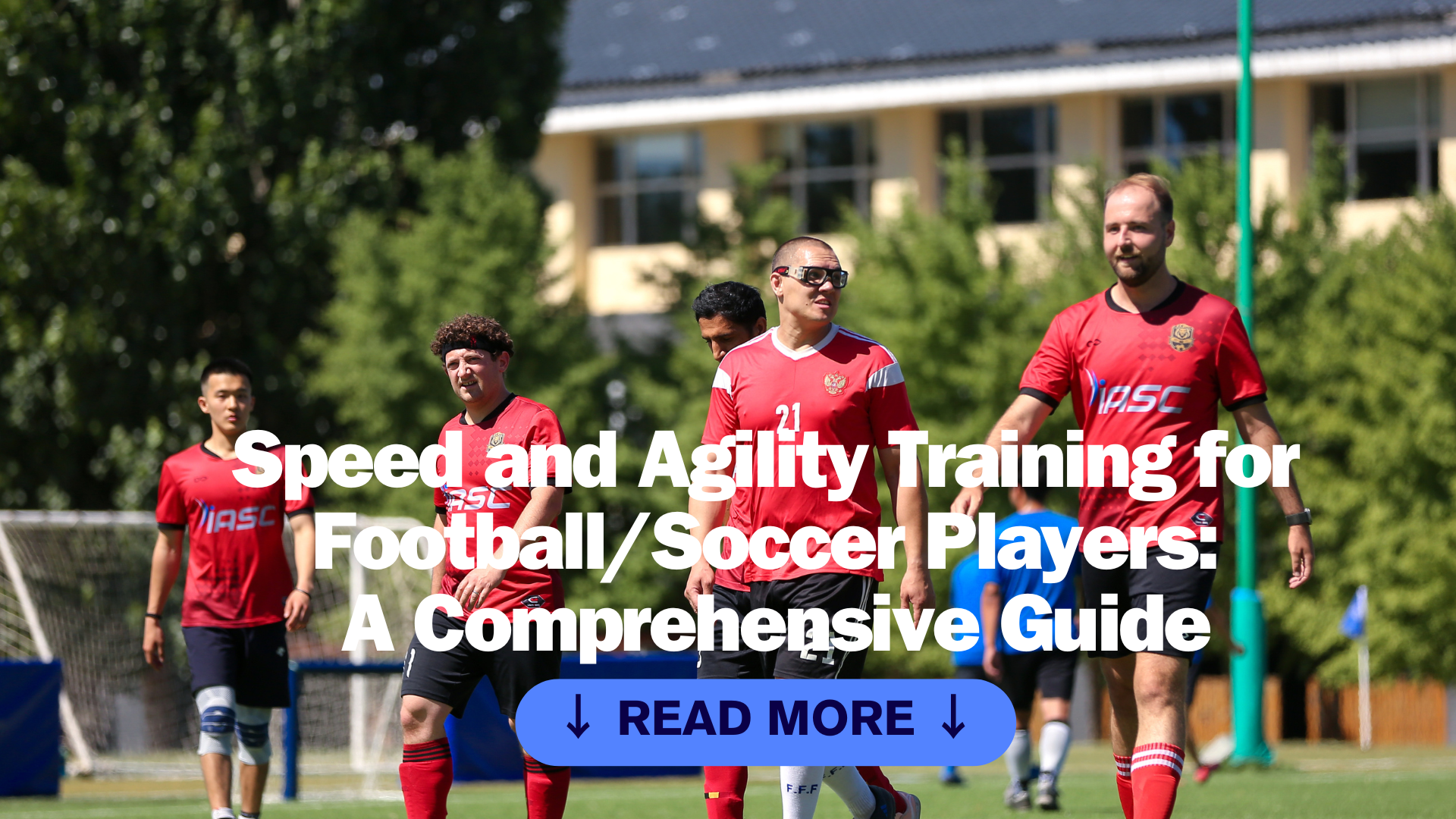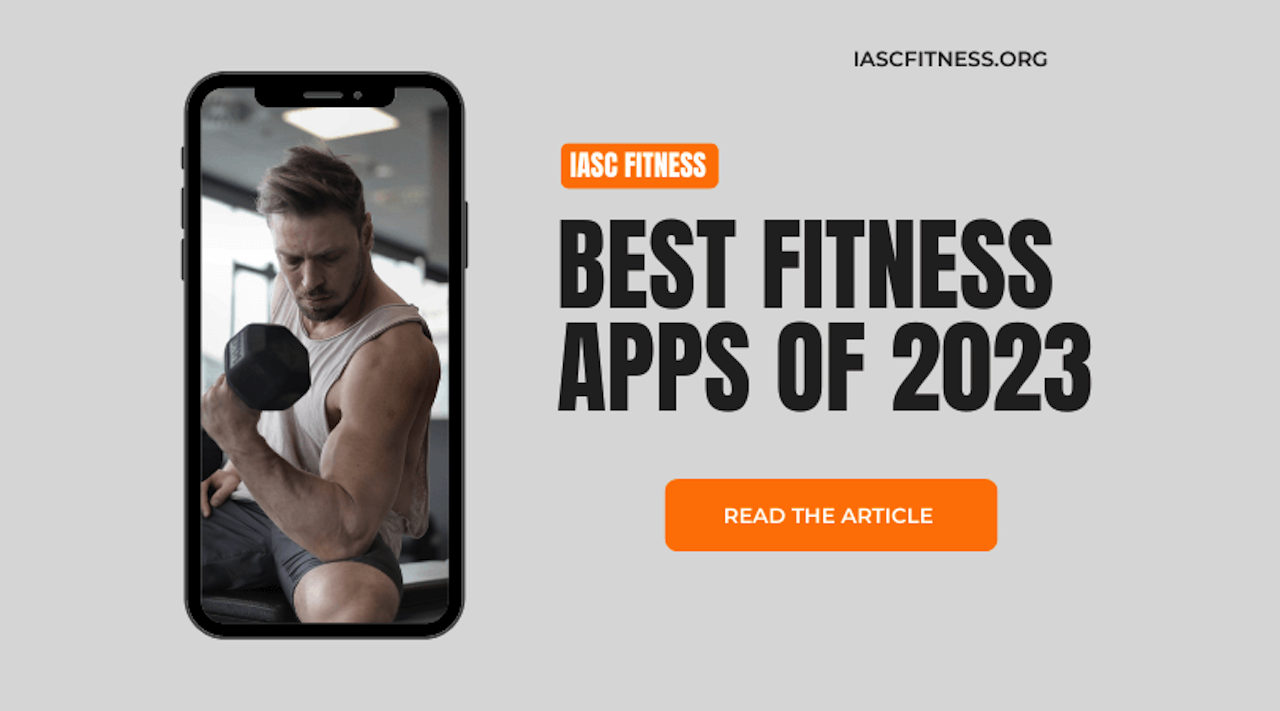For this article, I am referring to training with individual clients (athletes), but these tactics apply to all clients including the general population. Team sports is a similar but slightly different scenario. Today I’m just focusing on working with the individual.
I’m not going to go deep into the importance of motivation in this article, but will rather look at tools and techniques that help identify and maintain motivation. Everyone is motivated when they’re winning and things are going well, but what happens when the athlete is losing, struggling outside of their sport, injured, or after breaking up with their partner? That’s when you need that motivation well ingrained.
First and foremost we need to establish what I mean by motivating athletes.
I watch a cool video of athletes doing amazing feats with Morgan Freeman narrating, and I’m motivated, but how will that help with the athletes reaching short and long-term goals? We must dig deeper than an instant motivator (external or internal). We need to establish the Athlete’s WHY.
THE WHY
(What is the WHY?)
The WHY will lead to passion and ultimately become the athlete’s driver. What is the core driver behind their training, and why does it matter to them? You need to find what makes them passionate about playing their sport, about training, who will benefit from their success, and what is the impact of all of this. It is not only motivating, but it will become a purpose. It will give a sense of meaning and contribution to the athlete. Then when it gets tough you will always have this WHY to fall back on.
Examples:
“I am a highly recognized and respected professional rugby player playing at the highest level. I want to realize my true potential as an athlete, so I can have an inspirational and lasting impact on the world and people in it, and so I can provide a great life for my wife and family.”
“I will push myself to be the best version of myself so that I can maximize my physical gifts, so my actions inspire young athletes to do the same, and so I can provide a great life for my family which ultimately makes my soul happy.”
The WHY is the deeper meaning of why the athlete plays their sport and therefore why they are training. Establish the ‘Why’ and then you can show the athlete how the training you are doing with them will help achieve this overall purpose. We call this actualization.
VISUALISATION
Is a tried and tested technique used in all areas of performance and is strongly linked to the ‘WHY’. For example: We get the athletes to visualize themselves scoring the winning try of an important rugby game, and how they feel upon achieving this, the impact this has on them, their teammates, and family. Once this vision is established the athlete can now access this feeling to help motivate themselves in the gym. By doing this workout today as best they can they are one step closer to that end vision.
CHOICES
(The why and Visualization then tie into choices.)
Is the choice I’m making right now going to help me reach my goal (nutrition/sleep/training)? If not then it is a poor choice. Take a few breaths and step away from the poor choice. I remember once finding myself in a supermarket standing in front of the baked goods section salivating, with a bunch of donuts screaming at me to eat them. I don’t even know how I ended up there (the smell of the goods, perhaps), but I took a deep breath and literally ran out of the shop. Slightly over-the-top reaction, but it worked. A good choice. 😉

GOAL SETTING / ACCOUNTABILITY / TRACKING
Once you have the why you can work backward and identify smaller long-term and short-term goals to help reach that BIG GOAL (securing a starting place on the first team or winning a big tennis tournament). With these landmarks established, we can show how their training is working towards achieving these goals (i.e. the numbers in the gym are improving), and how it relates directly to success in their sport. For example, we can show how sled pulling can improve acceleration, which can mean getting through a gap in rugby, which results in a clean break and potentially a try. Or how a stronger core means they can lift heavy stuff at home, or even play with their child when they are older.
RESULTS create BUY IN’. Nobody is going to believe something is working better than actually seeing results, in achieving their goals. Identify short-term goals and thereby the path to long-term success. When the athlete hits these markers it will create further motivation. This can be done by tracking numbers in the gym, which shows progress and movement towards achieving GOALS. This in turn helps create momentum, which creates a sense of ACHIEVEMENT and further motivation. The athlete can directly see how the work they are doing with you is helping them reach their main goal.
TRACKING
Tracking progress shows how far the athlete has come and how much closer to their goals they are. If you don’t record this data how do you know how much the athlete has improved, or how effective your training program is? If you want to drive to a specific destination you need to have the right amount of fuel in the tank and know the fastest way to get there. Otherwise, you’ll never get to your destination, the car will run out of fuel. You’ll have to walk home, end up dehydrated and hungry, and you certainly won’t be happy, unless of course that was the goal.
SMART GOALS
Goals need to be SMART (Specific, Measurable, Achievable, Realistic, Time Specific) to be effective. Some goals might not be directly related to the sport, but the athlete might want to reach that target for personal reasons (bragging rights amongst teammates / Instagram pics…etc).
Make a leaderboard for certain exercises. This helps create competition between athletes, which again creates motivation. The leaderboard celebrates success in the gym, awards prizes, honors…etc. Competition is a big driver of motivation in the weight room, especially with athletes who are competitive by nature. You can have chin-up competitions.
Use technology to help create competition among athletes within the sessions themselves. Build in ‘who’s the fastest?’ into your speed sessions. You can include races (10 / 20 meters). VBT (Velocity Based Training) is also highly effective in this regard – measuring power clean speeds creates competition between the athlete and the device, plus it also tracks the effectiveness of the individual cleans. Jump distances and heights competition. Once there is no risk of injury this shows you understand what makes the client tick. This will also bring out the most effort from the athletes.
Try and also find fun goals (i.e. jumping onto a high box) that the client wants to improve at. Maybe they want to do an extra set, rep, or even some extra bicep/tricep work. Everybody loves posting pics of themselves jumping on a big box / vertical jump on Instagram. Be sure that it doesn’t dominate the session or detract from the overall goal, but is a nice add-on.
FUN & VARIETY
Athletes respond well physically and psychologically to a variety of warmups, exercise selection, reps, tempos, and sets. While variety is important we don’t want to be standing on a ball doing barbell squats with our eyes closed, while a trainer throws flaming swords at us. It’s choosing a similar exercise but slightly different in terms of the tool, grip width, and angle on the joint/muscle. Swapping a barbell bench press with a neutral bar. As the locals say in Thailand ‘same, same, but different’. Ultimately achieving the required adaptation via another route. The workout should be tough, but there has to be a fun element in there somewhere. I often introduce some skill/balance/reaction games in the warmup. Laughter and smiling are always encouraged. You need to include exercises that the athlete enjoys or a version of a chosen exercise that they might want to do that day. Keep them interested. Don’t be a slave to the program or a specific exercise.

COACH ATTITUDE / SHOW YOU CARE / CREATE BUY-IN / ENVIRONMENT
It is the coach’s job to discover how best to motivate an athlete. In the early stages that is by helping to identify the Athlete’s why and to create purpose. Then selecting a long-term goal and short-term goals to achieve that, thereby creating intrinsic motivation in the client. The coach can use external daily cues to motivate via positive reinforcement, creating a motivating environment (via music), language used by the coach, and body language. Create a space that the client wants to be in. Show the athlete you care. Athletes don’t care how much you know until they know how much you care. There is nothing worse than trying to train to shit music, while on the other hand, good music (proper banging techno) can be extremely motivating. Well, that’s me.
COMMUNICATION
Good clear communication is a vital ingredient in motivating clients. From goal setting, and exercise selection, to expectation management of client, coach, and program to pitching the session. This behavior shows you’re interested in the client and they are not just another number to you. Genuinely do this, talk and listen. Maybe they fought with their partner, maybe they got dropped from their team, they were out at the weekend, or had a bad day at work…etc. Some athletes benefit from getting the science and being educated, and therefore being able to have more input/control over their training. While others just want to be told what to do next and when to do it. A client who doesn’t care about the exercise and rep selection won’t appreciate an accompanying science lecture. How do they learn? Are they a COOK / BAKER / CHEF
Simple questions like ‘How are you feeling today?’ ‘How’s the energy?’ ‘How did you sleep?’ ‘What did you do yesterday?’ These questions show you care, but also can provide a lot of feedback about where the athlete is mentally and physically before the session starts.
IDENTIFY POTENTIAL FUTURE PITFALLS
These include exams, life, holidays, team training, big physical games, and mental and emotional fatigue. Program around these and have backup plans in case they have negative outcomes. If the athlete is angry, sad, or drained, move to plan B. A favorite of mine is throwing in ball slams when the athlete is pissed off. Everyone feels great after a few ‘all out’ slams, and they put tons of intent into the slam, resulting in a better adaptation. Channel that aggression into a positive output (physical, emotional, and mental). You need to be fluid with your programming and ready to toss it out the window and adapt at the last second.
WELLNESS / READINESS TO TRAIN
Use an energy survey (a series of exercises) at the beginning of a session that shows energy levels, a CMJ test, a simple handshake, or a sleep survey to see how the athlete feels pre-training. This shows you care and are detailed in your approach, but it also means you can tailor the session/pitch at the right level. You can use wellness monitoring. There are some cool apps and software available, but nothing in my opinion beats shaking the athlete’s hand and asking a few simple questions. If you ask a general, “How do you feel”, they will answer, “Fine”, “good”, or “ok”. You need to be a little more specific with the questions. Simple questions like “How are you feeling today?” “How’s the energy on a scale of 1-10?” “How did you sleep?” and “What did you do yesterday?” These questions show you care, but also can provide a lot of instant feedback of where the athlete is mentally and physically before the session starts. Look at the body language of the athletes as they walk in. Are they slouched over and dragging their feet, or are they skipping into the session full of energy? Listen, and establish a baseline of trust and that being open and honest about how they feel is not going to negatively impact what you think of the athlete. These questions also present an opportunity to correct sleep, nutrition, hydration, recovery and stress management. The harder you can recover the better the gains and the harder the athlete can train. You can only train as hard as you can recover. But most importantly listen to the person in front of you.
INTENT / CREATING ENERGY BY BRINGING ENERGY
Energy creates energy. As a coach, if your energy sucks during a session, chances are the athlete’s performance will also suffer. So bring energy every time you walk into that room. Sometimes when the athlete is genuinely tired you will need to back off and maybe move into a more restorative session, or a session of a lower intensity. Back off when tired, but equally ramp it up when the energy is there.
CHALLENGES / LEARNING
As a coach, we can get ‘Buy-in’ from the athlete learning what an exercise or training modality does, its effect, and how it will help achieve their goals. Create “buy in” on training methods. You can use “overcoming challenges” as an effective way to make the athlete feel good. Start with a challenge you know they will only just fail. Then with some coaching and extra cues, they complete the challenge. You want the client to leave the session on a buzz. The last emotions the athlete leaves you should be of success, achievement…etc. As my Dad used to say to his sales employees each day, “Make sure that the person you are dealing with leaves you feeling better than when they met you.” Wise words I try to use daily when coaching.
Article written by: Mark McAuley, CSCS: A Certified Strength and Conditioning Specialist (CSCS) through the National Strength and Conditioning Association (NSCA), as well as a certified NCEHS personal trainer through NTC (National Training Center), Dublin, Ireland. Have been working as a personal trainer/strength coach since 2008.







